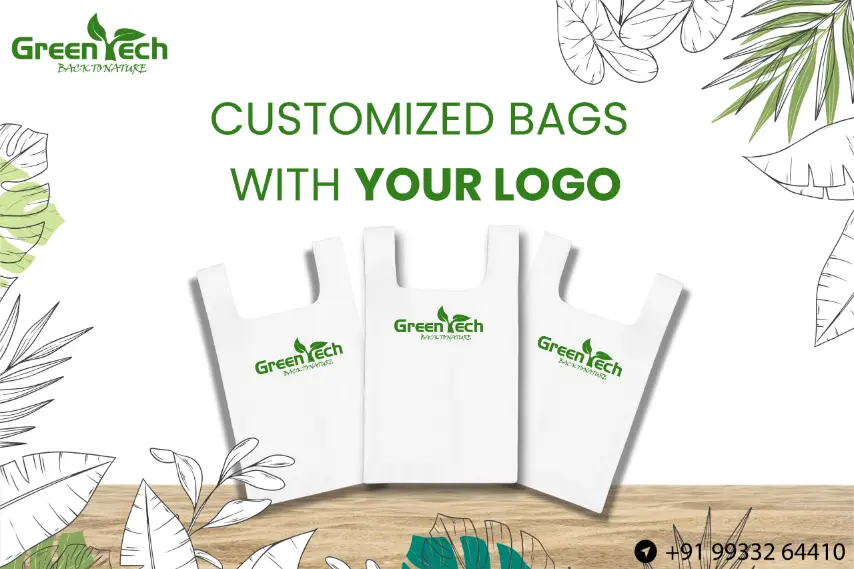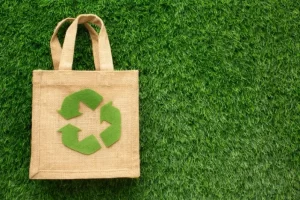The Urgent Shift to Eco-Friendly Packaging
Global concern over plastic waste continues to escalate. With synthetic plastics persisting for centuries in the environment, the call for eco-friendly packaging materials has become impossible to ignore. Businesses, governments, and individuals are now seeking biodegradable packaging alternatives that do more than just replace plastic; they aim to reverse environmental damage.
Among the most promising innovations is starch-based packaging, a renewable and responsible option that offers both function and sustainability. With increasing attention on climate-friendly practices, starch composites stand out as a practical, scalable solution.
Understanding Starch Composites
Starch composites are bio-based materials created from crops such as corn, cassava, and potatoes. The starch extracted from these sources is processed into a thermoplastic form. To enhance properties like durability and flexibility, it’s often blended with other natural biopolymer materials.
Once formed, these composites can be shaped into items like films, containers, or compostable packaging materials. Their plant-based origin ensures they break down naturally, making them an ideal candidate for replacing conventional plastic.
Environmental Advantages of Starch-Based Packaging
What sets starch composites apart is their environmental profile. These materials decompose quickly under composting conditions and leave no harmful residues. As a result, they support cleaner landfills, reduced marine pollution, and improved soil quality.
In addition, the production process demands less fossil energy than petroleum-based plastics. By utilising agricultural inputs, starch-based bioplastics reduce reliance on non-renewable resources. The move toward green packaging materials like these is a step toward a low-impact, circular economy.
Comparing Performance with Plastics
Although plastics are known for strength and durability, starch composite packaging meets most daily needs. For items such as groceries, mailers, or retail packaging, these biodegradable options perform well.
Moisture sensitivity, once a concern, is now being addressed through material engineering. With innovation, starch composites have become more resistant to humidity and better suited for a wider range of applications. As production scales, they’re becoming cost-competitive with traditional plastic.
Real-World Applications of Starch Composites
Starch composites are already being used across sectors
- Retail and grocery: reusable shopping bags and produce wraps
- Food service: takeaway boxes and compostable containers
- Shipping: lightweight courier bags that reduce waste
- Agriculture: seedling trays and mulch films that decompose in the soil
These items provide the same utility as conventional plastic but without the long-term environmental cost. More importantly, they align with growing consumer expectations for sustainable packaging solutions.
Tackling Limitations Through Innovation
Early generations of plant-based packaging faced hurdles like short shelf life or heat sensitivity. Today, researchers and manufacturers are overcoming these challenges through advanced formulations.
Tapioca-based bioplastics, for instance, offer greater elasticity and resistance to moisture. New coatings and composite technologies continue to expand the possibilities, allowing these materials to compete with synthetic alternatives in more demanding environments.
Market Outlook and Business Potential
Governments around the world are enforcing plastic bans and encouraging compostable alternatives. This has accelerated the adoption of biodegradable plastic alternatives across industries.
Consumers are also playing a role. Shoppers are choosing products with plastic-free packaging solutions, making it essential for brands to adapt. By transitioning early to starch-based packaging, businesses gain not only regulatory compliance but also an edge in branding and customer loyalty.
Why Starch Composites Are the Best Eco-Friendly Packaging Alternative
Starch composites offer a smart and sustainable solution to replace plastic packaging. Made from renewable plant-based materials, they are biodegradable, safe for the environment, and easy to use across industries.
Businesses looking for eco-friendly packaging solutions can benefit from starch-based materials that reduce waste and meet green standards. This switch also matches today’s consumer demand for sustainable and compostable packaging. Choosing starch-based packaging isn’t just better for the planet—it helps brands build trust, cut plastic use, and stay ahead in the growing green packaging market.
Switch to Biodegradable Starch-Based Packaging – Go Green and Improve Your Brand’s Sustainability Today!
FAQ
What makes starch-based packaging better than plastic?
Starch-based packaging is made from renewable plant sources like corn and tapioca, making it fully biodegradable and compostable. Unlike plastic, it breaks down naturally without polluting soil or oceans. It’s a top choice for companies looking to reduce plastic waste and adopt sustainable packaging solutions.
Can starch composites be used for food packaging?
Yes, starch composite packaging is widely used in the food industry for items like takeaway containers, grocery bags, and produce wraps. It is food-safe, moisture-resistant, and environmentally friendly, meeting both regulatory and customer expectations for eco-friendly food packaging.
Are starch-based bioplastics suitable for all industries?
Absolutely. Starch-based bioplastics are ideal for industries like retail, shipping, agriculture, and food service. With advancements in material strength and durability, these green packaging alternatives are now reliable, scalable, and cost-effective for a wide range of uses.






